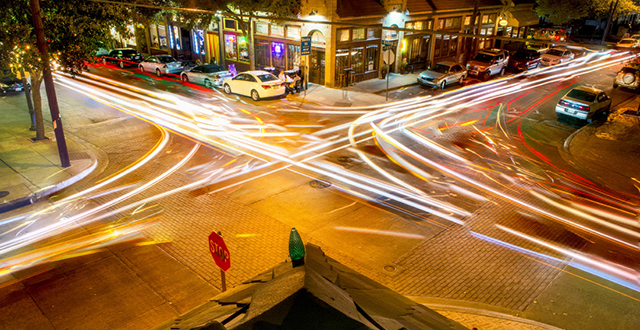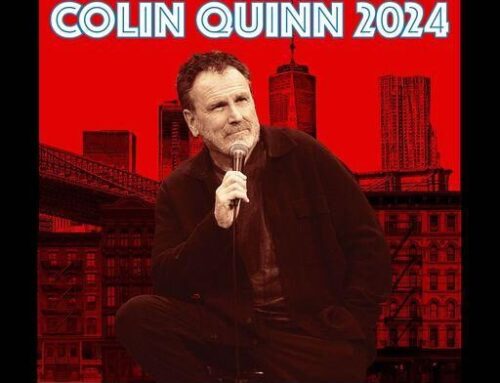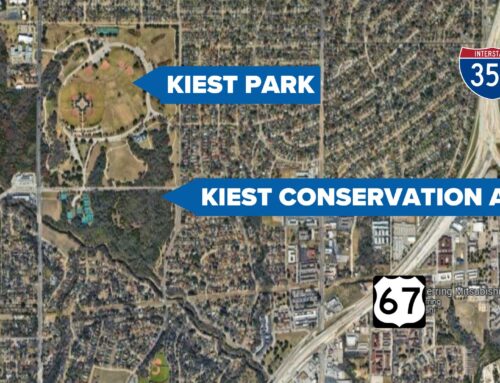Dallas is proposing an On-Street Parking and Curb Management Policy that could affect mixed-use and commercial areas including the Bishop Arts District and Jefferson Boulevard.
Developed with the help of city staff, neighborhood and regional representatives, business owners and consultants, the policy comes amid increasing demand for curb use.
Curbs aren’t just used for parking. Loading and unloading, deliveries, rideshare, bikes and parklets all take up curb space.
The draft ordinance includes findings of a curb use inventory that sampled certain blocks across the city, including in the Bishop Arts District. There, residential and commercial uses compete for curb use. Almost half of the on-street parking is free, and only 11% of the free parking has a time limit. Bishop Arts also has a small amount of space for loading zones, which likely means that spaces such as travel lanes are used for loading zones.
Goals of the policy include making it easier for people to find parking; providing enough space for loading; limiting parking seeping into single-family neighborhoods; creating a predictable transportation system; and supporting principles in the Connect Dallas Strategic Mobility Plan.
Allocating curb space using a three-step process is one of the recommendations in the policy. The city should first identify and address safety risks. Then, staff should use policies such as the Bike Plan, Thoroughfare Plan, Street Design Manual, Pedestrian Overlay Zone requirements, Complete Streets Manual and sidewalk requirements to ensure mobility goals are met. After that, city staff should determine the curb use of any unallocated curb space based on land use. Curbs could be used for parking and loading zones; parklets and food trucks; greenery; and/or storage for vehicles and equipment.
There should be a predictable arrangement of curb uses along a block, the policy recommends. For example, 30-minute parking should not be included in the same block that has mostly two-hour parking.
The policy creates a new area designation, Managed Parking Areas. These are places where on-street parking issues span blocks in commercial and mixed-use areas and where on-street parking spaces are more than 85% occupied for much of the day. All existing Metered Parking Areas would be reclassified as Managed Parking Areas, and there would also be a process for creating Managed Parking Areas, according to the policy draft.
Criteria for implementing parking time limits, which can promote turnover of on-street parking, are also outlined in the policy. Recommendations and warrants for installing parking meters, setting meter and event-parking rates and selecting meter technology and equipment are detailed.
The policy includes steps for creating Parking Benefit Districts, where a portion of meter revenue is given back to the neighborhood where meters are located. Funds could be used for sidewalk repairs and sweeping, tree planting and lighting, for example.
There’s a whole chapter on loading zones, including valet parking, commercial loading zones, deliveries and other uses.
And there’s a chapter on parking for special users. That includes employee parking, residential parking permits, electric vehicle parking and handicap parking.
Dallas residents are invited to provide feedback on the draft policy. There’s an online comment form, and the city will hold a virtual public meeting 5:30-7 p.m. Aug. 15. A previous virtual meeting was held in July; see the presentation here.






